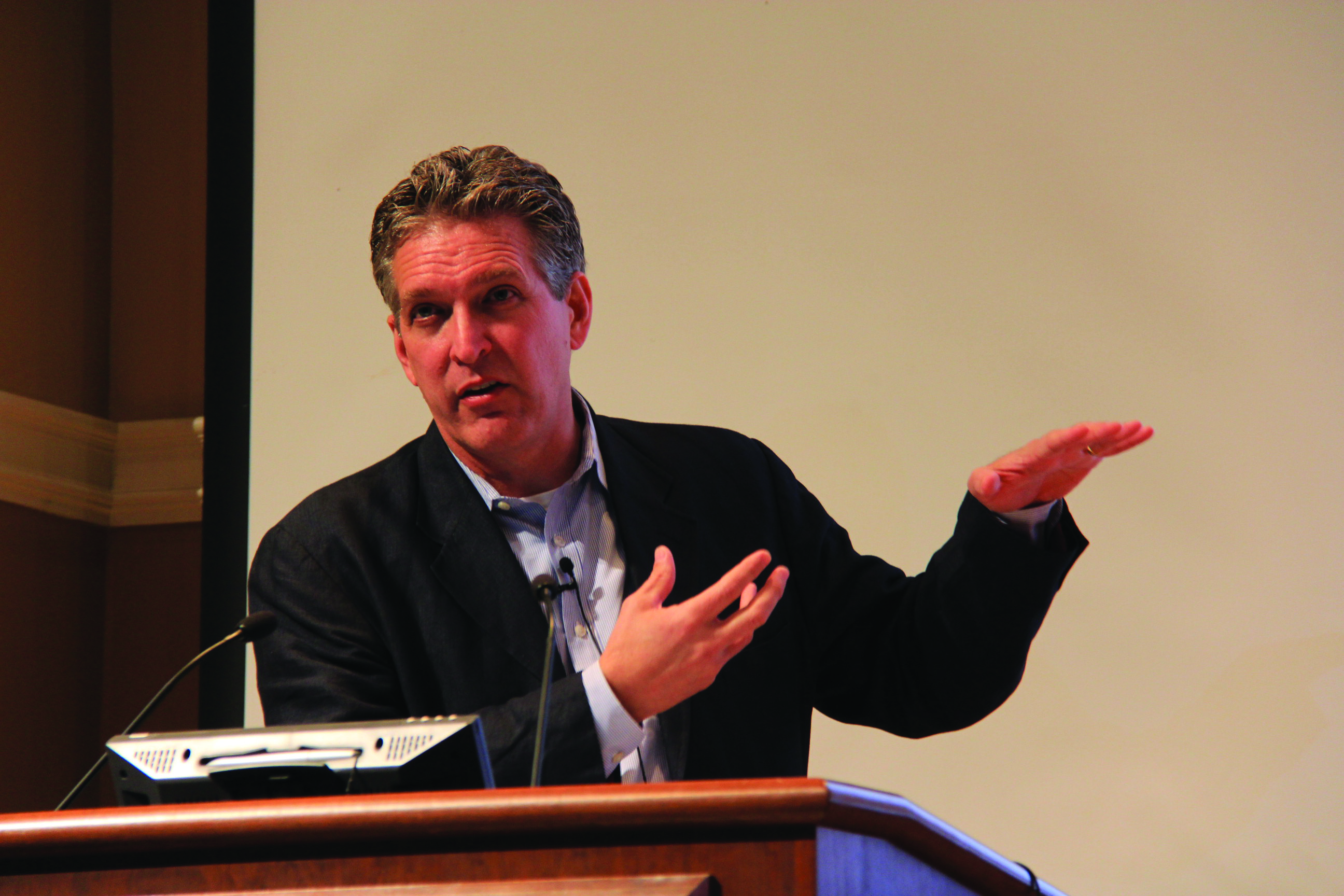Nick Salvo
Writer
Over 40 students crammed into the Lewisburg Council Chamber on Oct. 15 to ask questions and express concerns about the Borough Council’s continued discussion of downtown housing ordinances on social gatherings.
In an hour long discussion of the issue that occasionally became contentious, students raised questions about the purpose, specifics, and implementation of housing ordinances that are currently being discussed by the council. Though the council’s discussion is still in its infancy, the police commission provided council members with a sample of the town of Bloomsburg’s social gathering ordinances as an example of steps which could be taken in the hopes that they will provide a safer and quieter atmosphere in downtown Lewisburg.
Bloomsburg’s ordinance, issued in 2010, required any student at Bloomsburg who is hosting a party involving alcohol and more than 150 people to obtain a permit from the town. The ordinance also instituted strict rules concerning time, security, restroom facilities, and post-party clean up.
Though exchanges between the Lewisburg Council and University Students were at times hostile, both students and municipal leaders expressed approval of the level of student participation.
Henry Gabriel ’14, who resides off campus and attended the meeting, expressed disappointment at some aggressive approaches at the meeting and hoped that ongoing dialogue would be helpful for both the town and students.
“I was disappointed that some students were so confrontational. I think that it was good that the council listened to our concerns and hopefully there is room for compromise,” Gabriel said.
Rachel Franz ’14, who also attended the meeting, said she hopes that a productive dialogue can develop between students and the borough.
“We are really grateful that the council gave us a voice in the matter. It is really nice that they are considering working with us,” Franz said.
Lewisburg Mayor Judy Wagner acknowledged the importance of communication between students and the borough, and stressed a group effort in ensuring public safety rather than a divisive dispute between students and the municipality.
“I don’t want it to be us against them,” Wagner said. “We need to work together–we may not always see eye to eye, but we can compromise.”
Wagner said at the meeting that the council will not make a hasty decision. She said that the council has debated ordinances for the past six years, but have been unable to reach a consensus on the best plan of action. She recommended that students nominate a University student to participate in the police commission that is currently discussing the specifics of an ordinance.
Wagner could not speculate on a specific timeline for voting on any ordinances.
The Bucknell Student Government (BSG) is currently forming a group of 15 members that will attend future meetings, Class of 2014 Representative Kelsea Alderman ’14 said.
Alderman said that BSG will organize the selection process, but that representatives will be a diverse population of University students, and BSG involvement after the group is formed would be limited. Alderman hopes the committee will be formed in time to attend November’s council meeting.
“Our goal is to help the council make an ordinance that benefits the town but keeps the students in mind,” Alderman said.
Buffalo Valley Regional Police Chief Paul Yost, who originally proposed the institution of ordinances for safety and budgetary concerns, was not available for comment.
